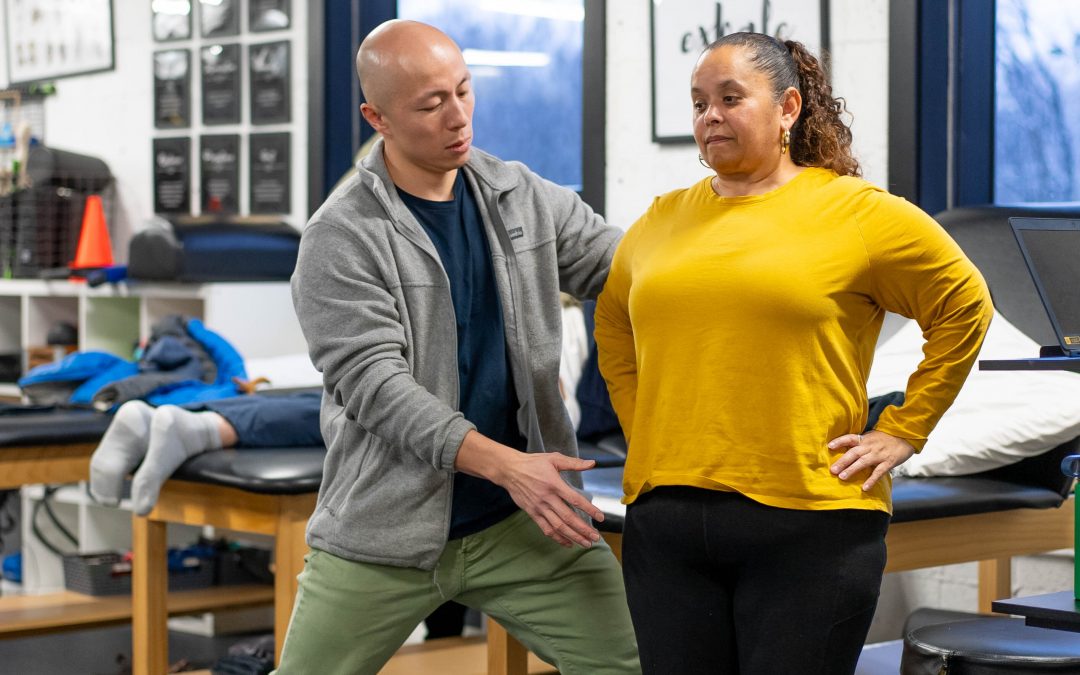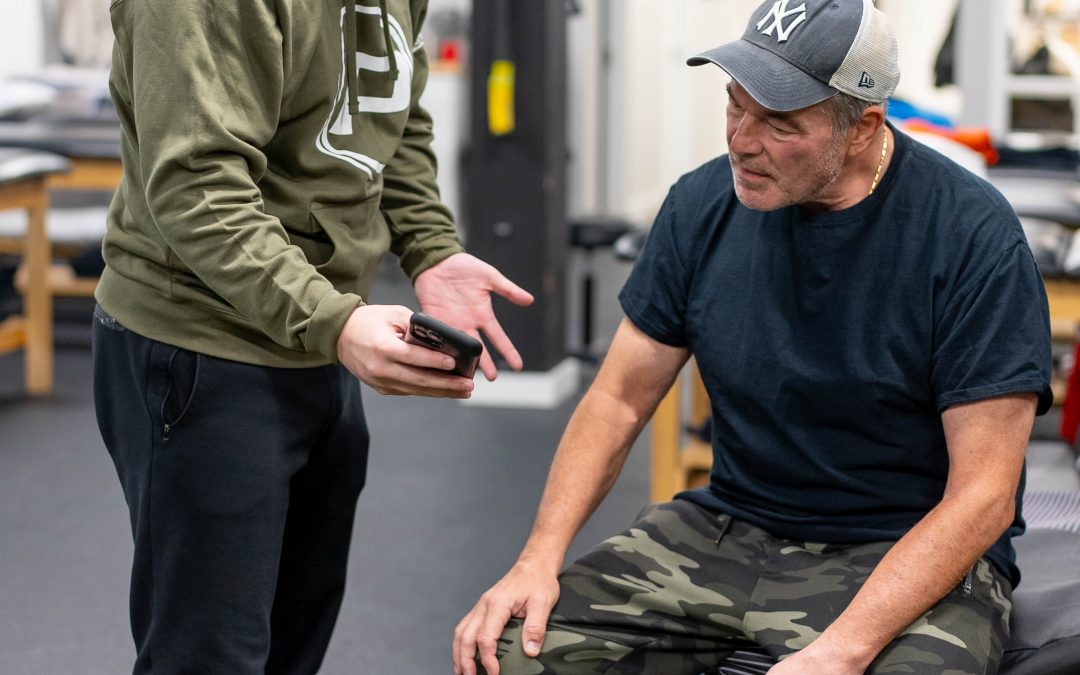April is National Autism Awareness month. In 2021, the CDC reported that approximately 1 in 44 children in the U.S. is diagnosed with an autism spectrum disorder (ASD), according to 2018 data. 1 in 27 boys identified with autism and 1 in 116 girls identified with autism. Autism or Autism Spectrum Disorder (ASD) refers to a broad range of conditions characterized by challenges with social skills, repetitive behaviors, speech, and non-verbal communication. Pediatric physical therapy is often just one piece of the puzzle when it comes to helping a child on the autism spectrum. The developmental needs of autistic children can vary widely, and there is no one-size-fits-all treatment plan.
Depending on one’s needs, they may benefit from the following types of treatment:
- Sensory Integration Therapy
- Speech-Language Therapy
- Augmentative and Alternative Communication
- Physical Therapy
Physical therapy can help individuals with autism or ASD develop to their fullest physical potential. Exercise intervention has also shown to improve some aspects of cognition in individuals with ASD and or ADHD between the ages 3-25 years old.
Physical Therapy Intervention:
The most important goal of pediatric physical therapy intervention for children with Autism or ASD is patient and caregiver education. This health condition comes with a vast range of behavioral patterns and cognitive impairments which can be physically and emotionally taxing for individual families. Hence, it is very important to provide awareness, resources education and various tools that can benefit individual and family’s journey with the diagnosis. Available treatments for ASD focus on making the child with ASD more independent and maximizing their quality of life. It is of utmost importance that each child with ASD receives an individualized treatment plan depending on their demands and needs and a physical activity plan that involves parents, teachers, and other caretakers. Physical activity also results in release of endorphins and monoamine neurotransmitters in the brain, thus mimicking the effects of anti-depressants making it a viable alternative to drug treatments. However, as ASD is a condition that presents with vast and varied impairments it is beneficial to involve a physical therapist in the development of an exercise protocol for maximum. Our licensed physical therapists are knowledgeable and well-equipped to help you with improving quality of life via physical activity intervention. Make an appointment at one of our Glendale, Kew Gardens or Manhasset locations today!
Pooja Patel, PT, DPT
References:
- Tan BW, Pooley JA, Speelman CP. A meta-analytic review of the efficacy of physical exercise interventions on cognition in individuals with autism spectrum disorder and ADHD.Journal of Autism and Developmental Disorders. 2016;46(9):3126-3143. doi:10.1007/s10803-016-2854-x
- Sefen JA, Al-Salmi S, Shaikh Z, AlMulhem JT, Rajab E, Fredericks S. Beneficial use and potential effectiveness of physical activity in managing autism spectrum disorder.Frontiers in Behavioral Neuroscience. 2020;14. doi:10.3389/fnbeh.2020.587560
- Autism statistics and facts. Autism Speaks. https://www.autismspeaks.org/autism-statistics-asd. Accessed April 5, 2022.




